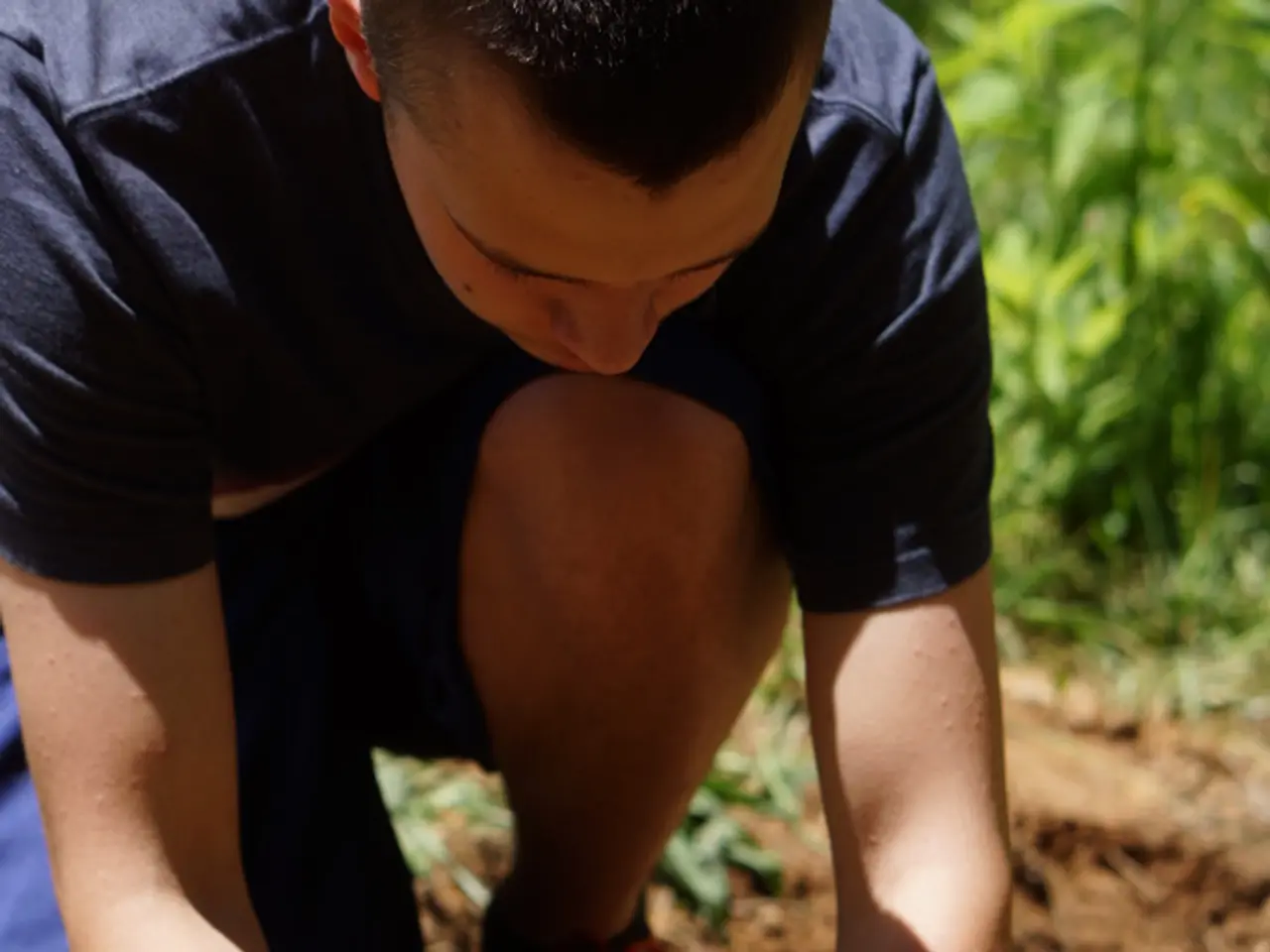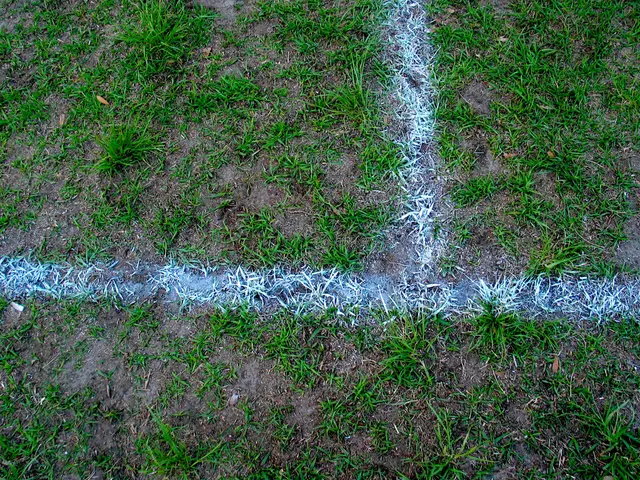Backyard Herb Essentials: Necessary Items for a Home-Grown Herb Garden
In the heart of every green-fingered gardener lies a passion for cultivating a lush, thriving herb garden. Here, we delve into the essential tools and practices that help transform a humble patch of earth into a flourishing haven for a variety of herbs.
A trowel, a handy tool for digging small holes, is indispensable when it comes to planting herbs. It's also useful for moving soil around the garden as needed. Pruning shears, on the other hand, are invaluable for trimming and shaping herbs, promoting new growth and keeping them neat and tidy.
The author of this article employs a layer of mulch around her herbs, which not only keeps the soil moist but also helps reduce weeds, making maintenance a breeze. A rake is used to smooth out the soil and remove debris during soil preparation, ensuring the garden is ready for planting.
When it comes to watering, deep, infrequent watering is key to maintaining a healthy herb garden. The essential watering tools include a garden hose, a drip irrigation system, and possibly automatic self-watering systems. A garden hose is versatile for deep, direct watering, while drip irrigation delivers water slowly and precisely to the plants’ roots, reducing waste and encouraging deep root growth. Self-watering systems with reservoirs can provide consistent moisture without daily attention, particularly useful if you travel or want hassle-free watering.
Additional key equipment includes a watering can for gentle overhead watering to keep leaves clean, a spade or fingers for checking soil moisture depth, rain barrels combined with hoses for sustainable water sources, and tools for checking the pH of the soil, aiming for a pH between 6.0 and 7.0 for most herbs.
For container herb gardens, placing containers near water sources or using drip irrigation systems designed for pots enhances convenience and consistency in watering.
Apart from tools, certain practices are crucial for maintaining a healthy herb garden. The author rotates the location of herbs each year to prevent pests and diseases from settling in. Compost or well-rotted manure is mixed into the soil to enrich it and provide essential nutrients for herbs. Organic fertilizers are used during the growing season to provide additional nutrients.
The author also employs a soaker hose for deep watering, which slowly releases water and soaks the roots without overdoing it. Garden gloves are important for protecting the hands while handling soil or trimming plants. The author trims herbs regularly, cutting just above a leaf node to encourage new growth.
Watering herbs early in the morning or later in the evening helps reduce evaporation and ensures enough moisture. A soil tester helps check the pH and nutrient levels of the soil, while a rain gauge is used to track rainfall and decide when to water the herb garden. Good soil is considered a strong foundation for herbs, providing necessary nutrients, supporting water drainage, and root development.
In summary, deep, infrequent watering using drip irrigation or self-watering systems is most effective, supported by garden hoses or watering cans for other needs and moisture monitoring tools to avoid over or under-watering. Regular trimming, rotation of plant locations, and the use of organic fertilizers and compost are vital for maintaining a healthy herb garden.
A soaker hose is employed by the author for deep watering, ensuring the roots are adequately hydrated without excess moisture. Mulch, spread around the herbs, not only keeps the soil moist but also helps prevent weeds, making maintenance effortless.




